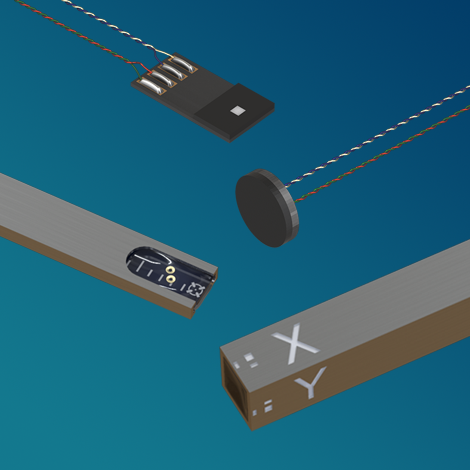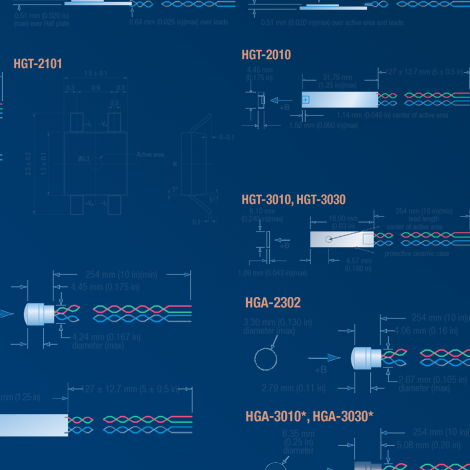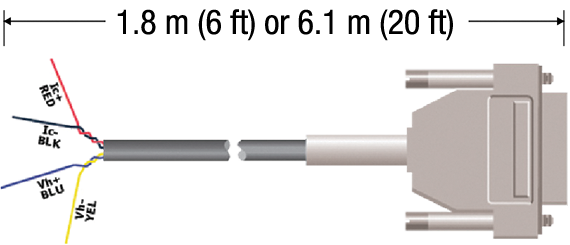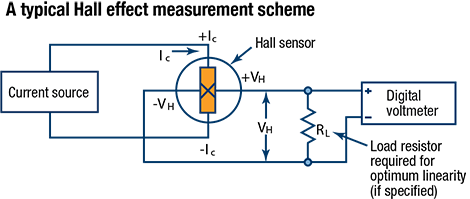Product
 Home> Product >Magnetics>LakeShore
Home> Product >Magnetics>LakeShore

DETAILS
InAs and GaAs Hall Sensors InAs and GaAs Hall Sensor Features
Attaching discrete Hall sensors to Lake Shore gaussmetersLake Shore provides cable assemblies containing the necessary electronic memory (EEPROM) to interface a InAs Hall sensor to a gaussmeter. This allows users to assemble a Hall sensor into a difficult to access area prior to gaussmeter attachment. The figure below shows the general cable configuration. While convenient, this method provides less than optimum performance. Because of the intricacies involved with proper calibration, the user is responsible for the measurement accuracy. A probe fully calibrated by Lake Shore is always suggested.  Certain Hall sensor sensitivity constraints are applicable: For Model 475, 455, and 425 gaussmeters1.8 m (6 ft) and 6.1 m (20 ft) cables are available. Models 475, 455, and 425 offer the convenience of front panel programming. No external computer is required. The Hall sensor serial number and single-point sensitivity are directly entered using the keypad. For legacy Model 460, 450, and 421 gaussmetersConnection of discrete Hall sensors to these instruments is no longer supported. Contact Service for ongoing support of these instruments. |  Transverse devices are generally thin and rectangular in shape. They are applied successfully in magnetic circuit gaps, surface measurements, and general open field measurements.  Axial sensors are mostly cylindrical in shape. Their applications include ring magnet center bore measurements, solenoids, surface field detection, and general field sensing. See the individual Hall sensor illustrations for physical dimensions.  Using a Hall sensorA Hall sensor is a 4-lead device. The control current (IC) leads are normally attached to a current source such as the Lake Shore Model 121. The Model 121 provides several fixed current values compatible with various Hall sensors.  Caution: Do not exceed the maximum continuous control current given in the specifications. The Hall voltage leads may be connected directly to a readout instrument, such as a high impedance voltmeter, or can be attached to electronic circuitry for amplification or conditioning. Device signal levels will be in the range of microvolts to hundreds of millivolts. The Hall sensor input is not isolated from its output. In fact, impedance levels on the order of the input resistance are all that generally exist between the two ports. To prevent erroneous current paths, which can cause large error voltages, the current supply must be isolated from the output display or the down stream electronics.   |


